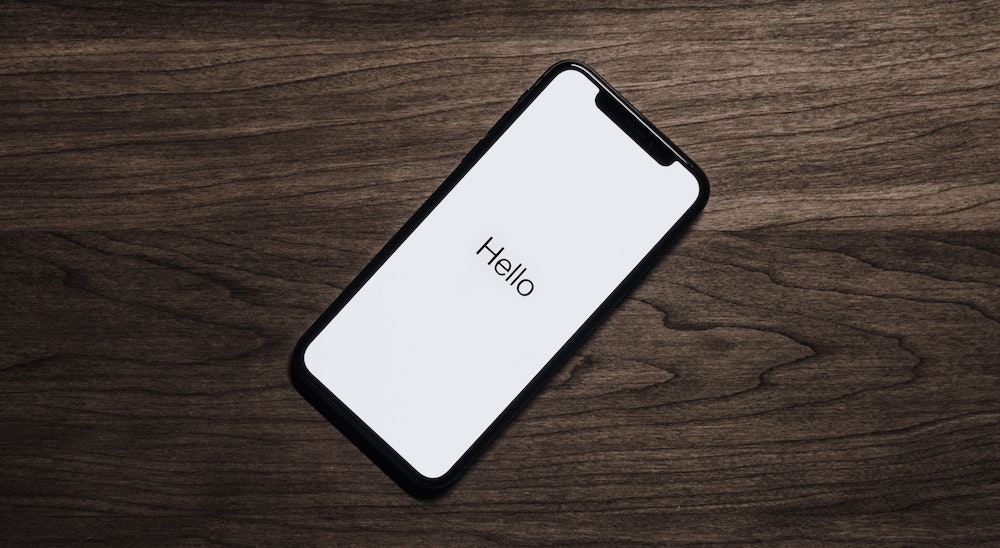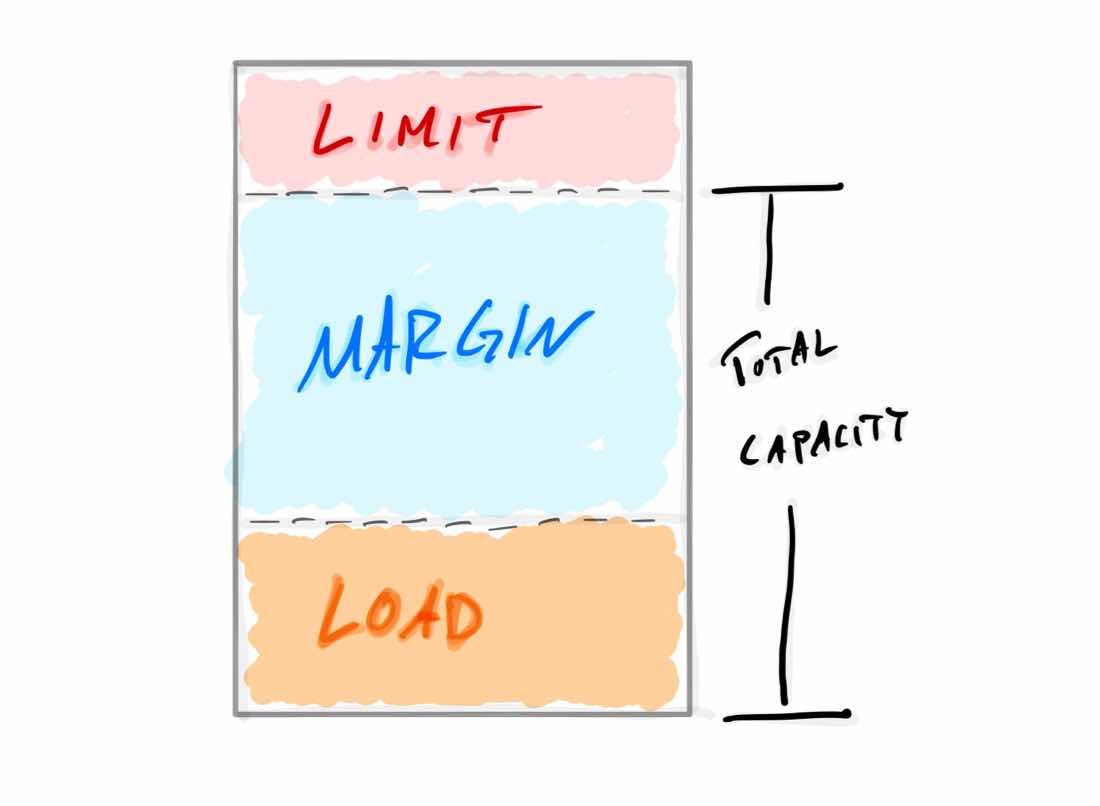Technology, Margin, & the Lost Art of Authentic Connection
As the pace of our everyday lives continues to increase, it’s only natural to look for an escape. As information and commitments are thrown at us without discretion at breakneck speed, we covet every opportunity to hit “pause” and disconnect. Even if it’s only temporary, being able to forget about everything we have to do while we scroll through Twitter or watch YouTube can feel like a drink of cool water during on a trek through the desert.

But isolation isn’t the answer. If we really want relief, we need to disconnect from the wrong things and reconnect to the right ones.
Margin is the thing that helps us discern which one is which.
The Importance of Margin
Margin is defined by Dr. Richard Swenson as the distance between your limit and your load. When you live below your means with savings in the bank, you have financial margin. When you have time to relax between activities and commitments without constantly being hurried, you have time margin. When you feel centered and stable and stop to help a friend with a personal problem over coffee, you have emotional margin.
(BTW, we have a whole course on margin available here.)

The problem for many of us is that this distance simply doesn’t exist. Our load and our limit are the same. Our lives are a complex connection of a million moving parts. And for the most part, everything is fine — as long as everything goes exactly according to plan. And the moment margin does appear, it is quickly filled by the firehose of information and distraction that most of us carry around on us in the form of a smartphone.
Which is precisely why a mindful approach to technology is so important.
Mindfulness allows us to interact with technology on our terms. It helps us to change the defaults. Applying intentionality to our technology creates margin, which we can use to refocus and recenter on what’s really important.
And it’s almost never getting one more thing done at the office.
Redefining Productivity
What do you think of when you think of productivity?
For many, they think of numbers and charts. Productivity to them means the quantity of units produced or number of widgets cranked.
But measuring quantifiable output misses the real point of productivity. It fails to measure what’s most important. Production is what our society has taught us to value, but it’s not what matters most.
Fortunately, there are people pushing back on the idea that more always equals better – especially when it applies to our view productivity.
Productivity is for machines, not for people. There’s nothing meaningful about packing some number of work units into some amount of time, or squeezing more into less. Think about how effective you’re being, not how productive you’re being.
— Jason Fried (@jasonfried) December 2, 2017
IMHO, productivity does not equal efficiency. When defined that way, it’s cold and mechanical. But I do believe it has a place when used in service to building better relationships.
And that’s exactly what author Chris Bailey argues for. In his first book, The Productivity Project, he says:
People are why we do what we do, and why we push ourselves to accomplish more. Surrounding ourselves with people has been shown to make us happier and more engaged and makes us want to be more productive, too. People are the reason for productivity.
The problems arise when we forget why we want to be productive in the first place. When we continue chasing the elusive more simply because everyone else is. We shouldn’t value the widgets we are so busy cranking more than the people we crank them with.
By redefining productivity to be more people-centered, it enables us to do more good.
For me, productivity is not measured by how much I get done. It is measured by how much impact I can have in the lives of others. It’s the amount of good I’m able to do. And technology enables me to do more good than ever before – as long as I learn to manage my time, attention, energy, and focus well.
For example, I can use my smartphone to send an encouraging message to a close friend I haven’t seen in a while – or I could end up scrolling through Twitter instead. I could FaceTime my family members I haven’t seen since last Christmas – or I could like a bunch of random Instagram photos. It’s a bit ironic that “social” media has a tendency to make us more anti-social. We’re great at connecting with strangers all over the world, but we’re terrible at connecting at any meaningful level with the people who really matter right in front of us.
As a society, we have lost the art of authentic connection.
But it doesn’t have to be this way. We can fight back with mindfulness and intentionality.
In our family, we have a saying we try to live by: we want to make people feel like a million bucks, even if we don’t have a million bucks. The purpose of this statement is to shift our attention from ourselves and our problems to the wants and needs of others. The moment we start to focus on others, our problems aren’t such a big deal anymore.
Personally, few things are as rewarding for me as sowing into someone else. I try (and honestly, often fail) to go about my day looking for opportunities to do more good by investing into the lives of those around me. But my intention is not to escape my reality — it’s to maximize my time and effectiveness in it. Truly connecting with people brings joy, even to an introvert like me. I make it my daily aim is to connect with others in an authentic and real way, and technology is a powerful tool to help me do that.
Conclusion
Every morning, Benjamin Franklin used to wake up and ask himself a simple question:
What good shall I do this day?
The question is still relevant for every single one of us today. And our technology, as tool that is neither good nor bad, can either help or hinder our mission to do more good. When managed properly, our technology is an incredible multiplier of our efforts for making authentic connections, and can vastly improve both the quantity and quality of our lives.
Our Must-Have, Most Used Productivity Apps
We spend an inordinate amount of time sorting through hundreds of apps to find the very best. We put together a short list of our must-have, most-used apps for increasing productivity.
